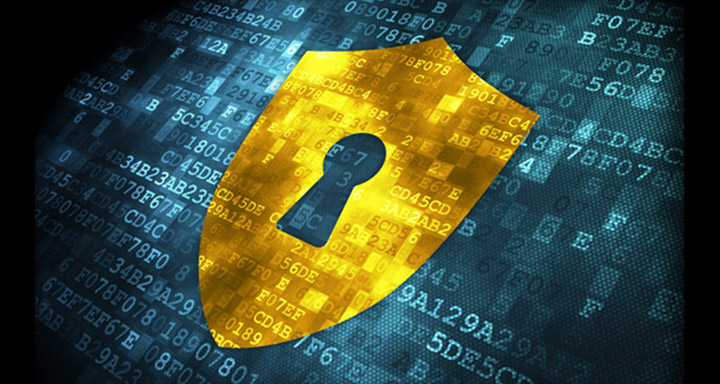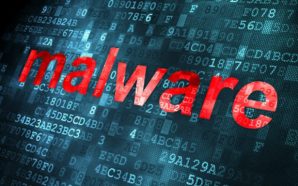The growth and elevation in the value of any businesses around the globe depend on the ability to combine top-notch talents with technology. IT has become a critical enabler in any enterprises fostering both innovation and efficiency. However, conventional IT systems are experiencing an unwanted diffusion of information and communication from sources such as mobile devices, third-party apps, cloud sources, etc.
This has significantly increased the velocity, volume, and variety of data production. This accessibility of data has brought up the question of accountability, IT security compliance, and governance. Enterprises are fighting tooth and nail to ensure that their systems are airtight from malicious infiltration by implementing compliance with safety standards. However, attaining continual and impeccable compliance presents its own challenges, especially considering the sophistication and complexity of the conventional IT environment as well as budgetary constraints and inadequate annual audits. The IT security compliance difficulties are exacerbated by the dynamic and ever-evolving landscape. These are seven IT challenges hindering IT compliance consistency.
1. Portable PCs
More companies are allowing their employees to bring their laptops to work. These devices can be used to infiltrate the enterprise’s system and steal valuable information. To prevent theft of information from these portable devices, organizations should provide employees with laptops that are embedded with specific data security strategies designed to shield your company from any digital penetration and network IT security. According to Scott Peeler, managing director at Stroz Friedberg, portable PCs designed to execute important business functions but stripped of delicate, proprietary, or secure information can alleviate any risk of invasion.
2. Third–Party Applications, also referred to as Shadow IT
One of the greatest related challenges giving IT specialists headaches is the use of outside apps. Many employees are outsourcing their work to inconspicuous third-party gadgets and applications. Since the workload and tasks continue to soar, many people have started using third party services to get tasks like large file sending done. Since most of these outside apps are out of the enterprise’s control, they continue to give the IT department a noteworthy migraine. The best way to alleviate this challenge is to educate and train end users; give the Chief Information Officers (CIOs) the controlled authority to monitor and survey services for appropriateness, and make use of current cloud data security solutions to cure general consistency issues. They can also adopt network IT security policies and practices to monitor unauthorized access, modification, misuse and denial of network accessible resources.
3. Employees
Workers play an integral role in ensuring the safety of an organization’s sensitive information, according to Sandhya Upadhyay, a head marketing officer at Secnic. She argues that hackers can gain unauthorized access to corporate data using low-tech methods such as phishing, social engineering and snooping.
To mitigate this IT security threat, it is important to train all the workers in the various ways that information can be obtained using these low-tech strategies and arm them with procedures that they can use, such as safeguarding corporate data displayed on a portable PC with a special filter or how to detect phishing attacks.
According to Luv Kush, overseeing chief at Secnic, it is also essential to have top-quality security policies outside the IT department. These security policies should cover any creation, transmission or transportation, and maintenance, putting into consideration how and when data can be discarded or siphoned from enterprises remote servers or data storage rooms; electronic, remote, wireless and physical access to organization network; and security precautions to take while traveling.
4. Cell Phones
Mobile devices also predominantly pose significant safety and compliance risks. Instituting controlled information policy isn’t enough to lower standard of assurance since it is inoperable when it comes to mobile devices. There are many reported cases where employees have bypassed or disabled the required security settings on their mobile devices.
Therefore, it is crucial to put in place preventive measures to restrict unapproved access to enterprise’s data.
Ray Paganini, CEO at Cornerstone IT proposes that every company should do the following for all mobile devices:
- Equip their IT department with a vast array of instruments that can be used to wipe sensitive data from cell phones remotely.
- Create a sustainable system that restricts transmission of information to devices that lack proper security clearance.
- Configure devices to download or access only authorized applications.
- Invest in data transit and storage encryptions as well as other high-tech security apparatuses







